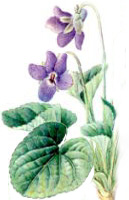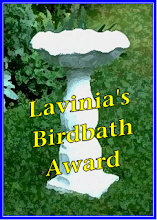
my photo
FRAGRANT SWEETPEAS
Instead of Runner Beans next year, I think I'll grow more Sweetpeas.
After a slow start, this mix Elegant Ladies have been flowering really well.
They smell amazing, and remind me of the old-fashioned Matucana and Cupani varieties.
I took up Monty Don's invaluable advice to pick blooms every 10 days, which has proved a great success!
.










































.jpg)



















































































